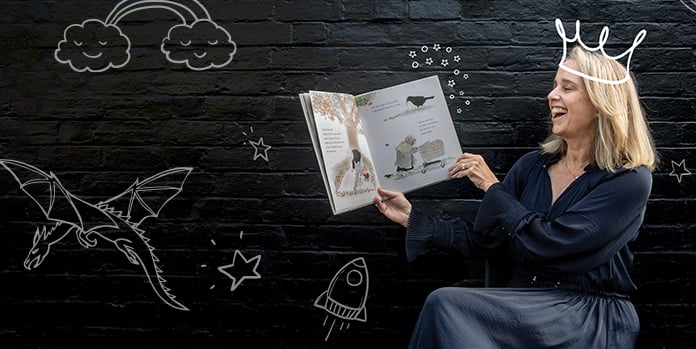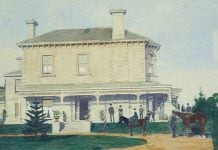Here, Teacher Librarian, Bronwyn Joseph, highlights one of her professional passions – picture books.
The need for stories is deeply ingrained in the human spirit. Stories transcend all cultures and are presented in a myriad of formats. While pictorial stories can be found in caves dating back many thousands of years, the picture book as we know it today has only been a story-telling medium for around 130 years.
Children’s literature has long been recognised for its use as a socialising agent, and early examples of picture books were blatantly didactic. However, whilst many contemporary picture books can be seen as agents of socialisation, they have gradually gained a much wider sphere.
Picture books have become a succinct, yet sophisticated, vehicle for storytelling.
They require not only attention to the words, but also investigation of the visual narrative, and the effect of this combination. Illustrations and considered use of the peritext1 contribute significantly to meaning, either by confirming, adding or contradicting the written word.
Picture books demand to be shared and reread, inviting subsequent conversations. They allow us to delight in the familiar, or experience that which we may not know firsthand.
They can shine a light on universal life experiences before we meet them. Picture books invite us to make connections to our own life and to what we know of the world. They have also increasingly become a vehicle to explore mature and complex themes, inviting readers across a much broader age range to reconnect with them. They “have the potential to speak to a range of different audiences, to say different things to different people, and to be understood and used in a wide variety of ways”.2
While I read my fair share of adult fiction, picture books are the section of the bookshop to which I am always first drawn… why are they so often relegated to the back corner? Being able to read a novel does not mean that picture books should be set aside. We are never too old for them, nor are we too old to have them read to us.
Reading a picture book to a room of adults feels no different to reading to a room of students. A stillness settles, drifting escapism ensues. The magic of someone reading to you is that listeners have permission to be passengers – not passive, yet carried on a journey and given the opportunity to explore.
Emerging readers need not attend to technicalities. Removed are the constraints of decoding, semantics, and attending to punctuation and granted is the freedom to immerse yourself in the story – to observe, analyse and, most importantly, to wonder.
Picture books invite wonder. To wonder about the choice of a single word, or the absence of words. To wonder about the use of white space or the deliberate choice of a colour. To wonder how the endpapers3 connect to the narrative. To wonder about a character’s life, feelings and experiences and how we might feel in their shoes.
It is a joy to see a parent or teacher leave the library with an armful of picture books, ready to share. Hold on to the power of picture books – there is so much to explore.
“We are perishing for want of wonder, not for want of wonders.”
G K Chesterton
1 elements that surround or supplement the main body text
2 Perry Nodelman in conversation with Lugar de Ler www.lugardeler.com/copia-perry-nodelman
3 the papers glued down inside the covers of a book, often decorative
About Bronwyn Joseph
A teacher at Grimwade House for more than 22 years (1987-1996, 2009- ), Bronwyn is currently the Teacher Librarian in charge of the Kath James Library, a dedicated resource for children in Prep – Year 2. Bronwyn holds a Bachelor of Education (Primary) from Deakin University, as well as postgraduate qualifications in children’s literature. She is a strong advocate for the use of picture books across the curriculum and has recently been appointed as a judge for the Children’s Book Council of Australia Book of the Year Awards in the Early Childhood category.



